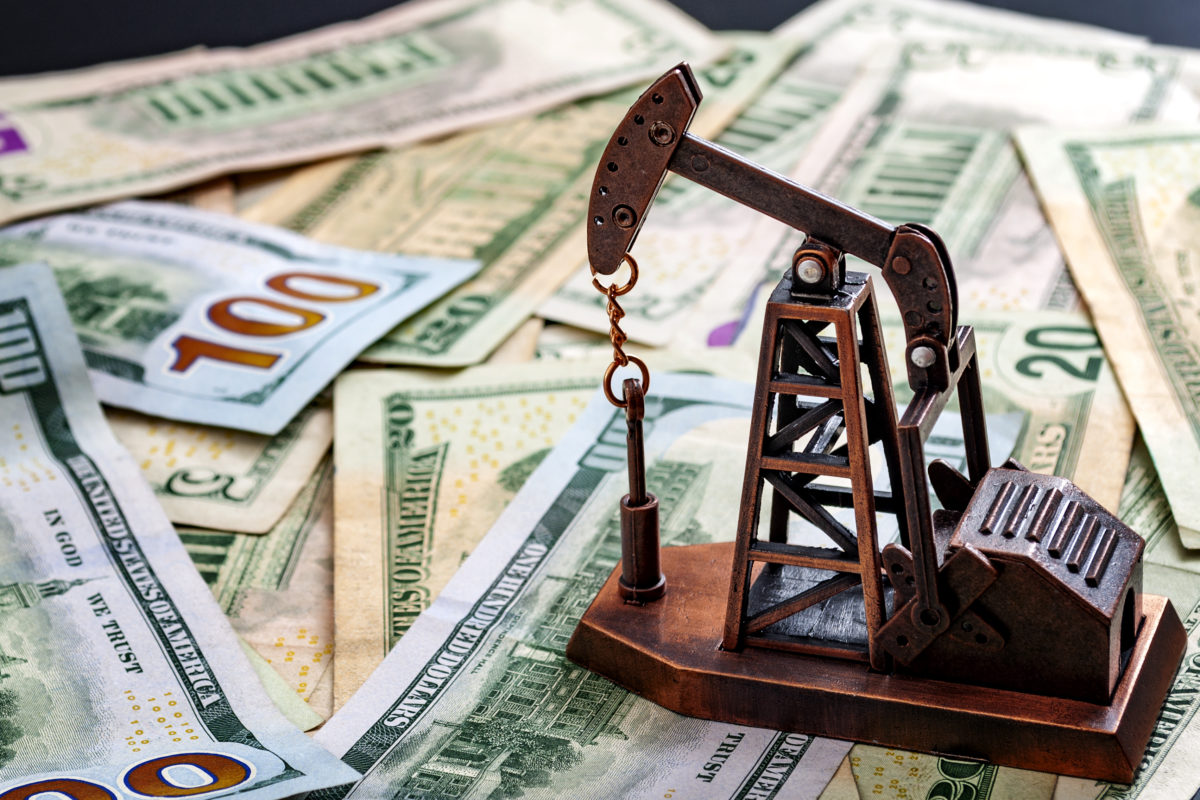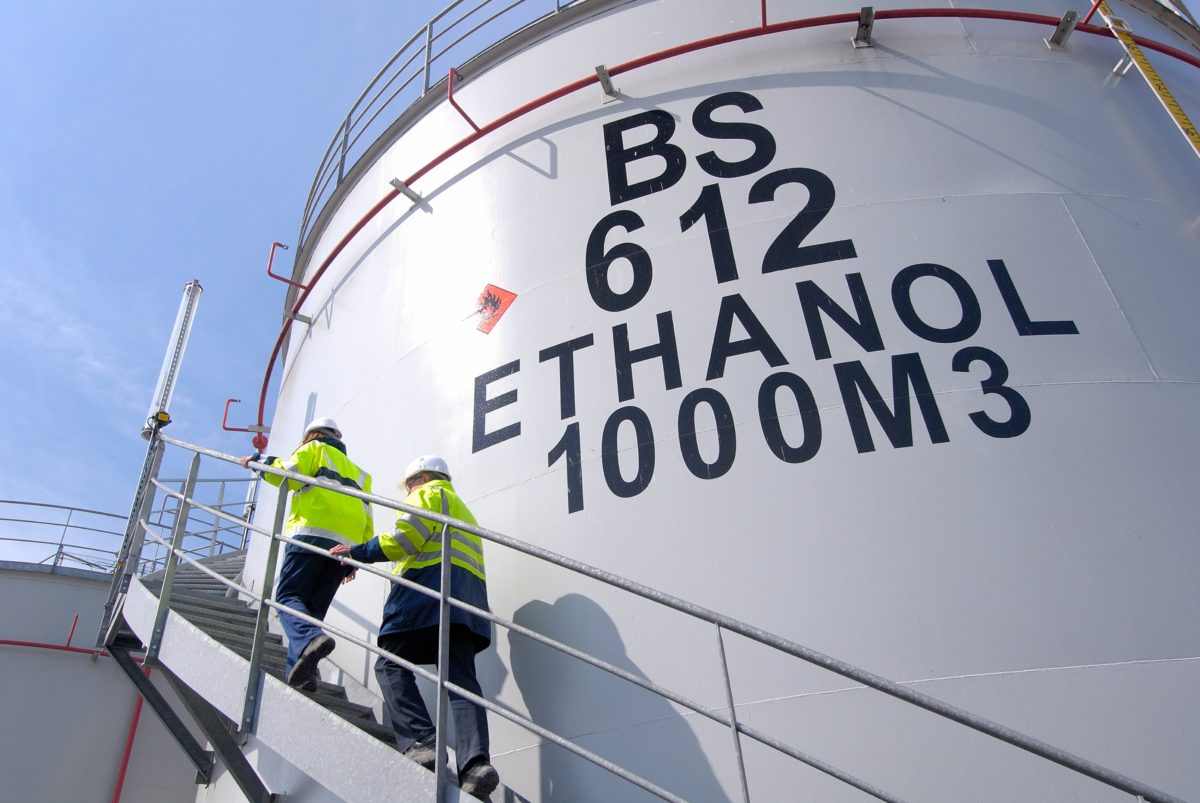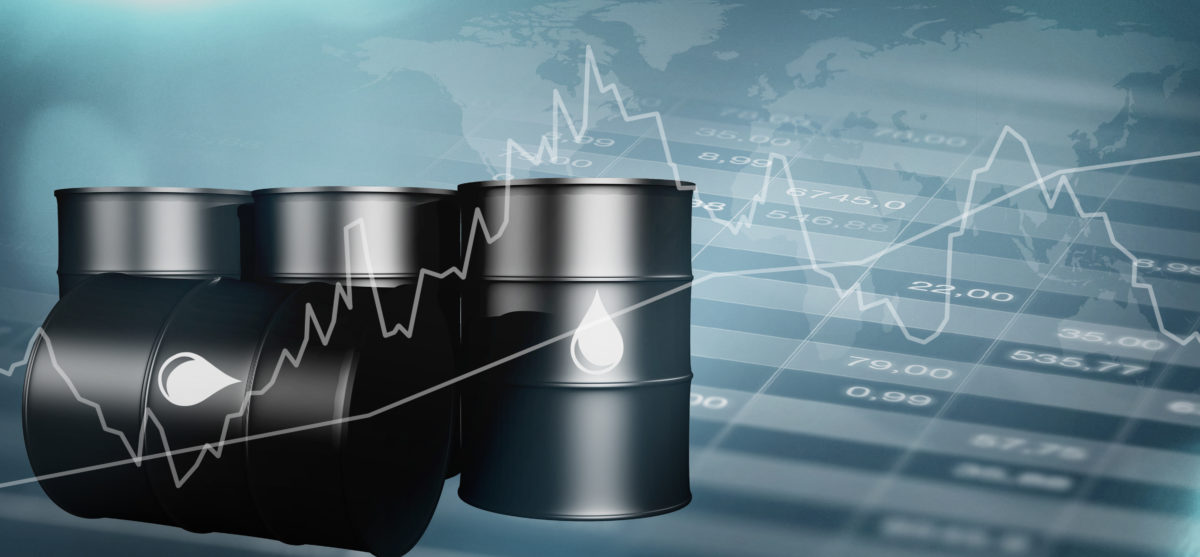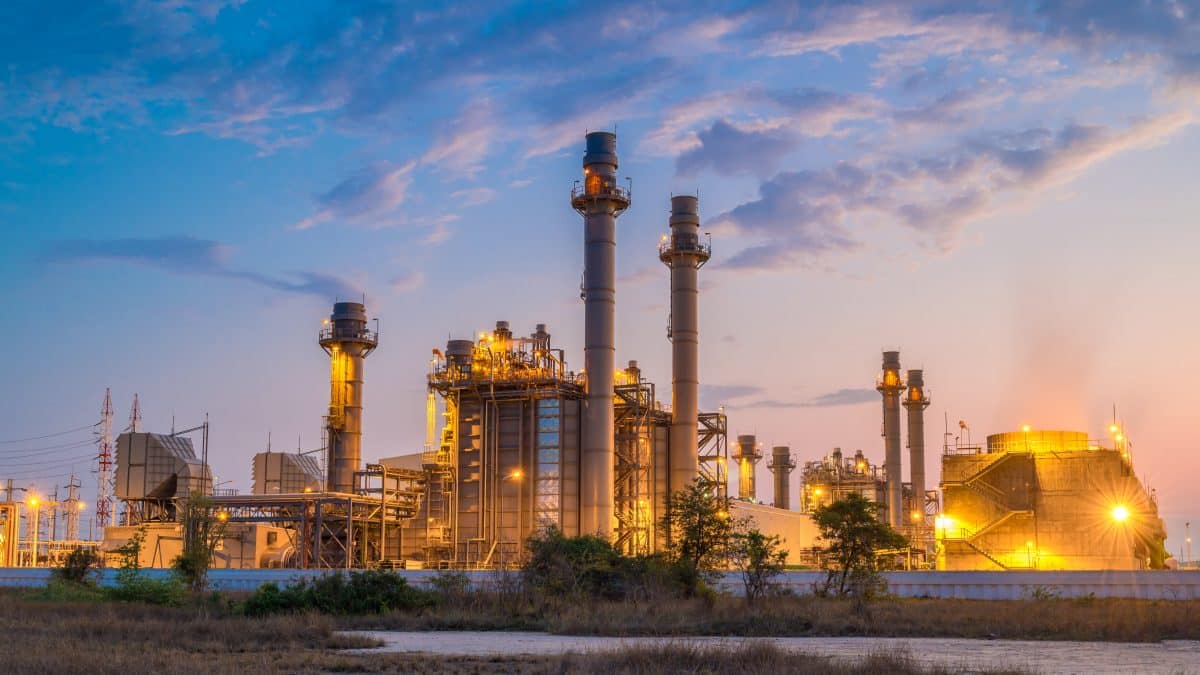Rising COVID case counts in China and fears about an impending global economic recession continue to weigh on sentiment and positioning.
Brent time spreads flipped back into contango pointing to a possible surplus in Q1 2023.
But most of these headwinds are going to be transitory, and once China’s reopening digests all of the excess product inventories, crude buying will return, which should result in the physical market flipping back into a shortage.Looking for a helping hand in the market?
Members of HFI Research get exclusive ideas and guidance to navigate any climate.
For most energy investors by now, a casual drop of $8/bbl in WTI in the span of 48 hours is normal.
While there aren’t headlines we can point to that caused such a dramatic selloff, we can tell you based on the data we are seeing that the market is implying Q1 2023 oil market balances to be weak.
If you take a step back from the minutiae of the oil markets, you can’t blame the broader market for wanting to avoid oil and energy exposure in the near term.
China’s COVID case counts are spiking likely leading to further compression in economic activities in the near term.
Brent time spreads have fallen back into contango leading to CTAs being biased to the short side.
Global PMI continues to falter pointing to more slowdowns ahead.
What I can say is that there’s no shortage of worries for investors, and what felt like the exact opposite scenario for energy bulls just 6-months ago now feels like hope is being lost.
However, this is where you have to be calm and collected. Situations like these require investors to really think things through.
For example, if markets are worried about China’s spiking case counts causing a further slowdown in the near term, instead of falling in line with the market, you should ask the simple question, “Doesn’t the rapid spread of COVID imply an even faster recovery down the road?” And the answer is invariably, yes, it does.
And what about the weak Brent time spreads we are seeing? Doesn’t this imply that oil market balances may build in the near term?
Keep in mind also that the weather outlook is very warm in Europe, so there’s been no gas-to-oil switching. In fact, it’s so warm, we think heating oil demand has also been impacted.
The time spreads, in essence, are telling me that demand will be weaker than expected in Q1.
The physical oil market is already starting to trade March barrels, and from the looks of it, things look loose. The COVID case spike coupled with a surplus of product inventories in China just means that it will take a while before we fully digest the excess crude.
This is a reason why you are only seeing contango in the prompt month time spreads and not the latter half of the year.
But we know that this will be a transitory event. Once the case count spike is over, China’s demand will return in a meaningful way.
And the reason we say that is because if you take a look at China’s crude inventories relative to its import levels, there was no spike in inventory despite the steep jump in crude imports.
For December, China imported nearly ~11 million b/d of seaborne crude imports, and Kpler’s satellite inventory data shows that December crude inventories went down.
Now oil bears could attribute this to refineries increasing throughput resulting in a product surplus (another reason why the export quota was increased by ~50% y-o-y).
But we think all of this is still a transitory event. Why? Because the reopening trade was never going to be a smooth line. Cheap crude allows Chinese refineries to run harder causing product inventories to get bloated. Chinese refineries get the ok to export the excess product inventory.
The rest of the world will have to digest this excess. This, in turn, will hit refining margins in the short run, but if demand continues to recover, and China’s reopening is real, then that excess inventory will get used up.
All of this just means that Q1 oil market balances this year will be weak. The question for oil bears and bulls is how weak will balances be. If we build, what do the builds look like?
Using our very conservative demand assumption model, we think the build is somewhere around ~0.51 million b/d.
But the surplus is not expected to last. Q2 oil market balances should flip back into a deficit in a hurry, and once the reopening hiccup is over, China’s excess product inventory will turn into a shortage, which will fuel crude buying down the road.
So while the oil market is starting off with a whimper, we think the headwinds that are keeping prices down will dissipate.
The signal to watch for readers will be when Brent time spreads flip back into backwardation and headlines saying the excess product inventories in China turn into a deficit.
By Seeking Alpha, January 6, 2023










